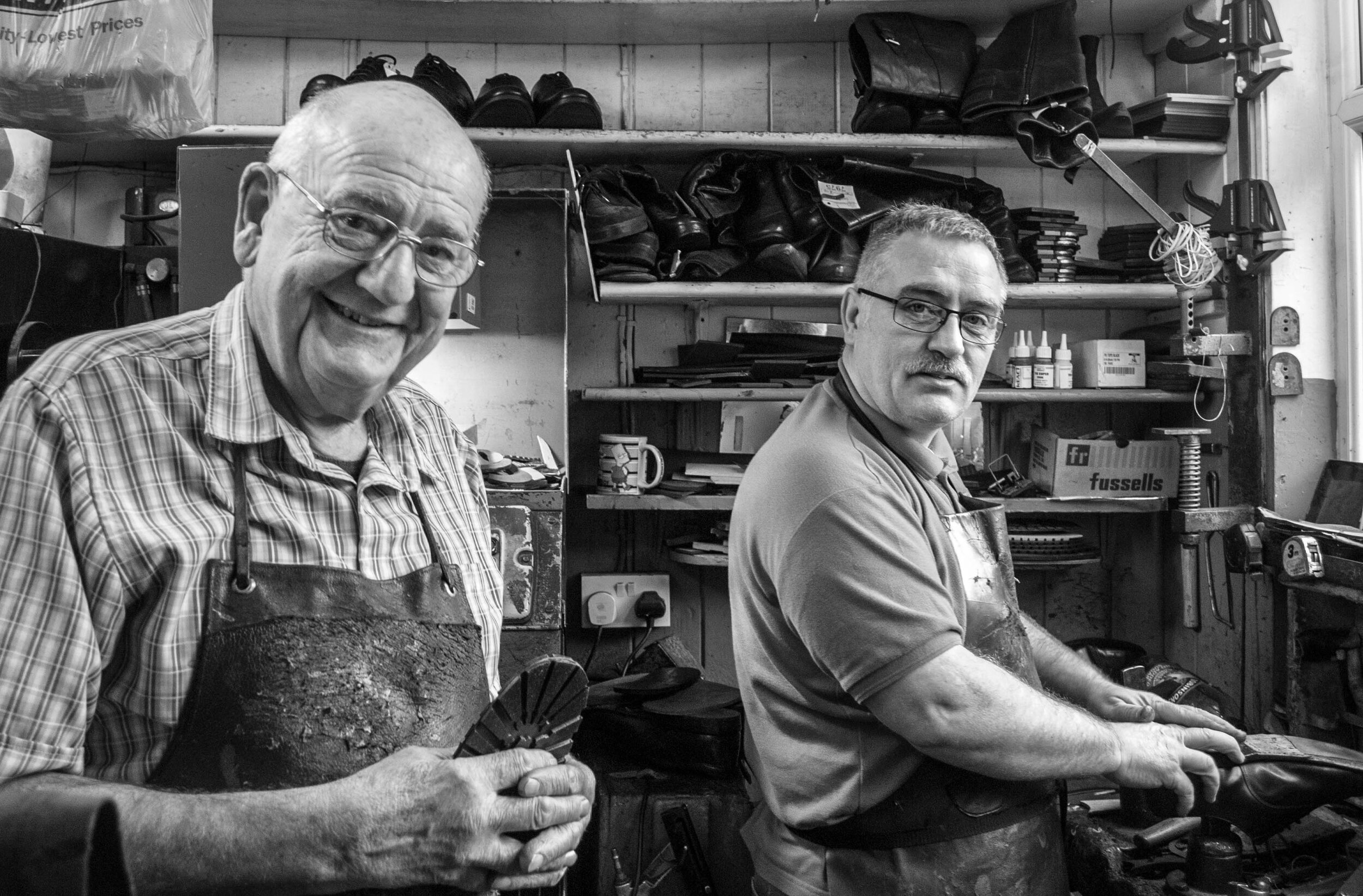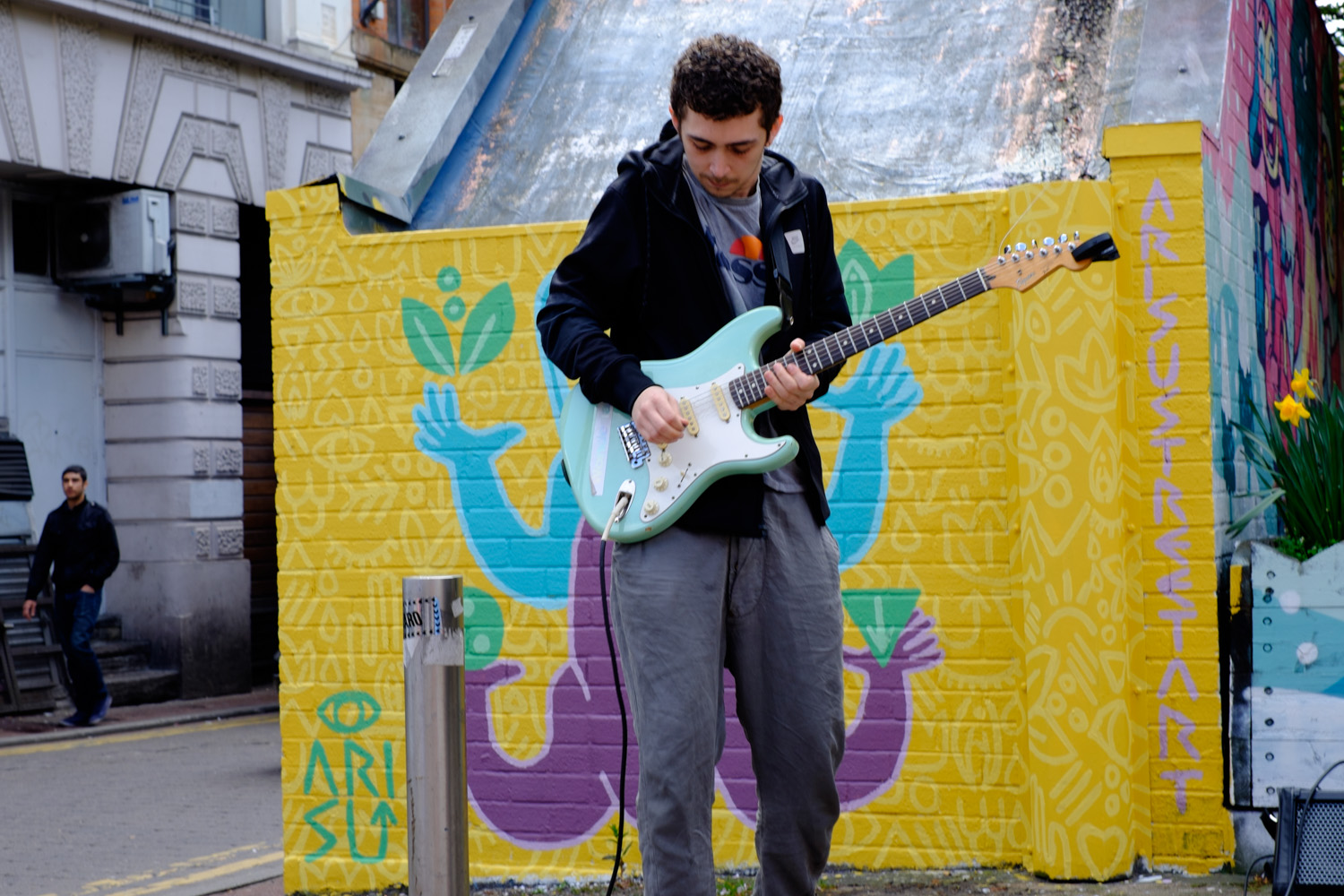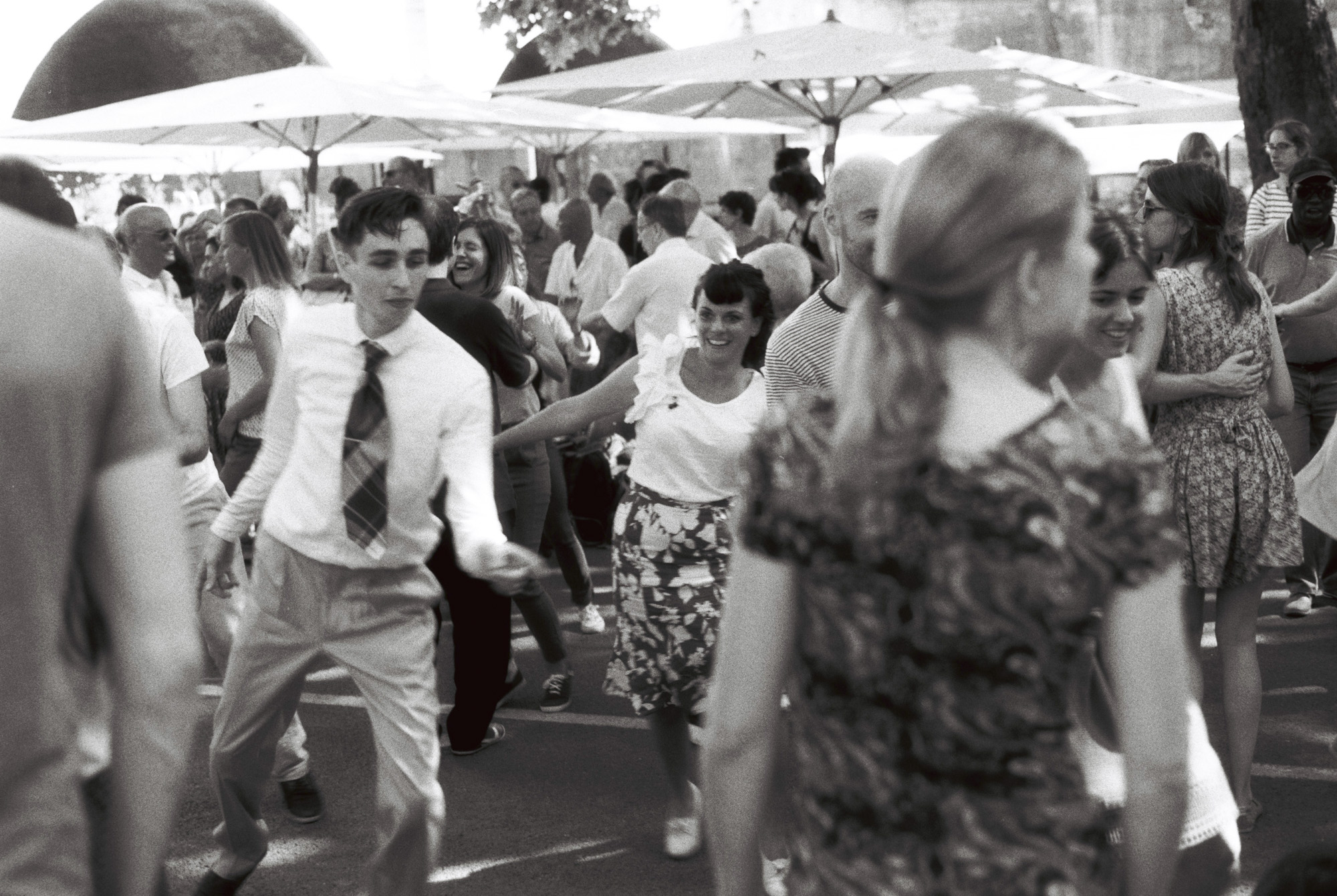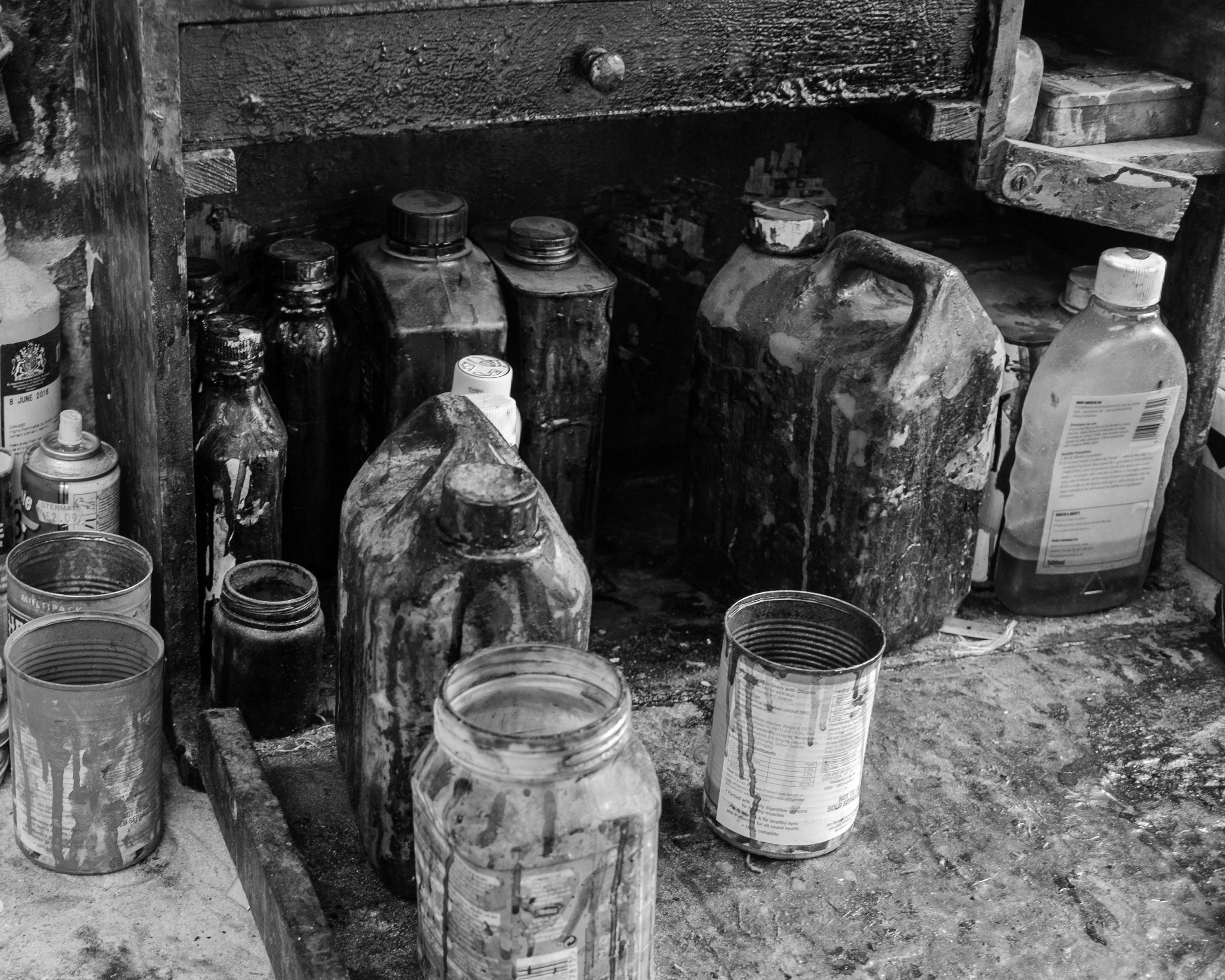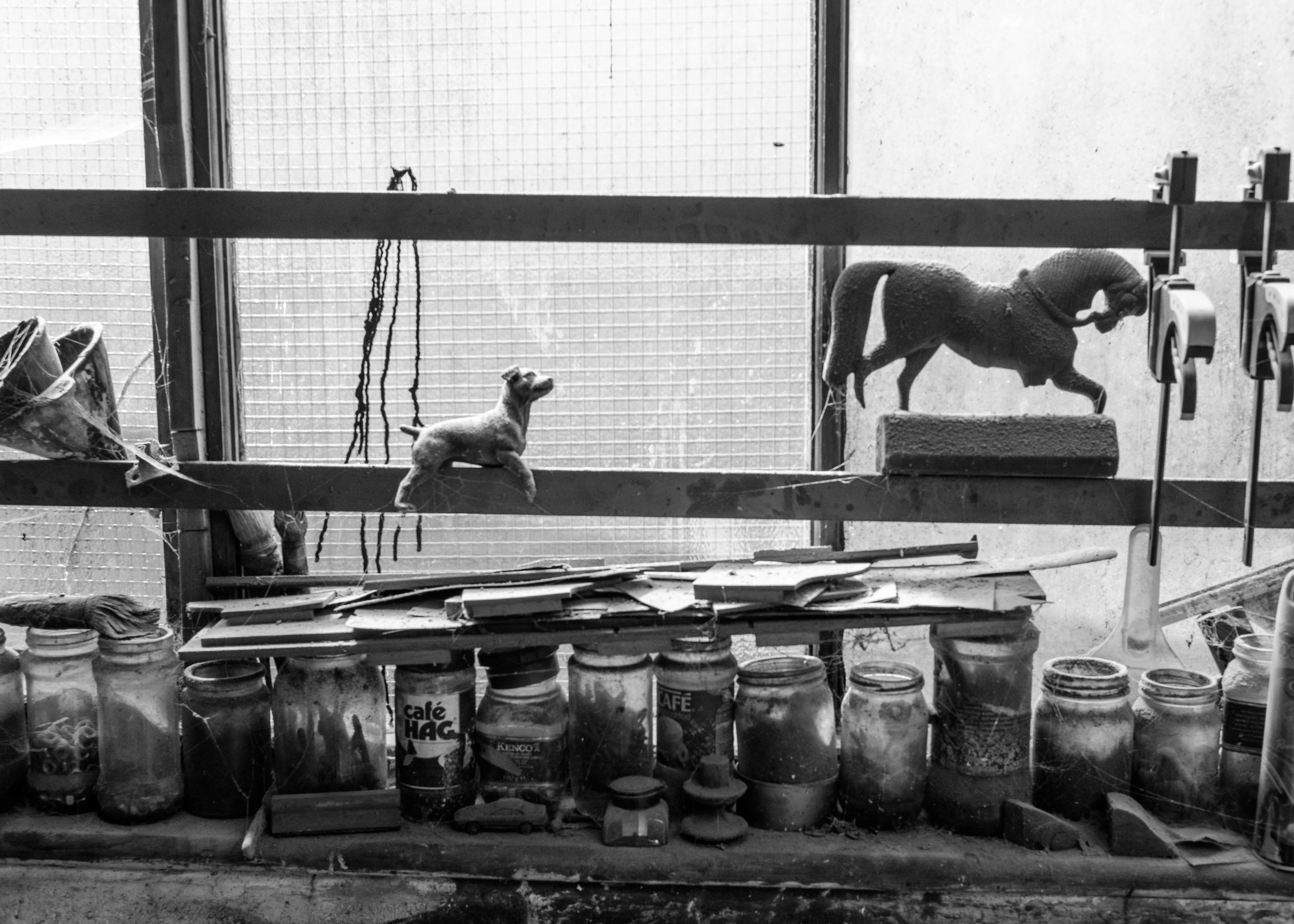(WRESTLING WITH FOG (1) appears in July’s blog posts below)
I suppose that going on retreat would be an activity viewed with suspicion by many because there is that element of the religious or metaphysical which is so out of tune with our secular and rational times. I’ve found it helpful over the years though, having done a kind of tour d’horizon of spiritual traditions: TM, Tibetan Buddhist, Western Buddhist, Quaker, Sufi, Zen Buddhist, Theravadan and so on. My head has had a good airing, I’ve taken what I wanted and left what I didn’t want – and I’ve met some delightfully whacky people, too.
The tradition that I have followed for a few years now is known as Chan which is a Chinese form of Zen. Chan retreats follow a set pattern of silence and meditation but the one I attended in Cornwall last month was a bit different because it involved an activity element - which was Japanese brushwork. It was kind of tripartite: there was the usual sitting meditation; then work on what is known as a huatou (see below); and finally two sessions a day on brushwork. It was this brushwork that particularly interested me because of the longstanding connection between Zen and creativity.* What might it tell me about the processes of photography?
A huatou is the historical record of a short but significant exchange, often between Zen teacher and pupil. In this retreat’s huatou, from around the 9th century, the pupil asks the teacher how to follow the path of Zen. The teacher says the more you pursue it the farther it will get away: thinking, he says, is delusion; and not thinking is blankness.
As ever, you are being driven into a corner and you are challenged to find your way out. How do you neither think nor not think, for heaven’s sake? The teacher offers a clue: ordinary mind, he says, is the way. So now you have to consider what is ordinary mind.
Enter the brushwork. This is large scale. You have a brush the size of a decorating paintbrush and paper several feet long - something like below.
Fukushima Keido doing calligraphy: Spencer Museum, University of Kansas, 1989
Each day we practised a different Japanese character on newspaper. The instant it is done you throw it away. After a day or two you start putting these characters together in sequence on pristine rice paper. You aren’t familiar with the characters of course; you aren’t familiar with a brush this size; you aren’t used to putting your whole body into calligraphic action; and everyone else is watching you. When the rice paper moment comes therefore there is tension. You soak the brush with the ink and you raise it in the air. Now! At this point what is going on…………? Exactly! You are either thinking about what you are doing, analysing, commentating, judging, worrying; or you are not thinking at all because your mind has gone blank. This is where the elusive ordinary mind may help.
This example happens to be about brushwork. It’s just the same with a camera, though. What is going through your mind as you stroll along, camera in hand? What makes you stop and click? The idea that it will be a good picture maybe; that it’s a beautiful scene; that it’s not a beautiful scene; that this is the kind of thing you photograph; that your friends will like it; and so on and so on, the endless commentary. But pointing the camera aimlessly will get you nowhere either.
At the end of these Chan retreats there is traditionally a session where each participant has a minute or two to speak about their experience during the week. I went first on this one and of course there is that paintbrush-poised moment just before you open your mouth. There is silence. Everyone waits. What will you say? Will you think, or not think; or simply speak?
It’s not hard to see plenty of other moments in day to day life when such a situation appears and not all are aesthetic choices by any means: quattro stagioni or margherita; left or right at the lights; reading the bedtime story; many a conversation; or that moment when the knife point dents the pear’s skin. All approached in a soup of thought and blankness so we don’t recognise them.
To the right is my work from the final day with all the characters. What does it say? It says: “Ordinary Mind Is The Way” – of course!
Way too broad a topic to cover here but if you type ‘zen and creativity’ or even ‘zen and photography’ into your search engine you will disappear under an avalanche of book titles. I think I’ve mentioned it before somewhere but I’ve found Seeing Fresh: The Practice Of Contemplative Photography by Andy Karr and Michael Wood to be helpful.


